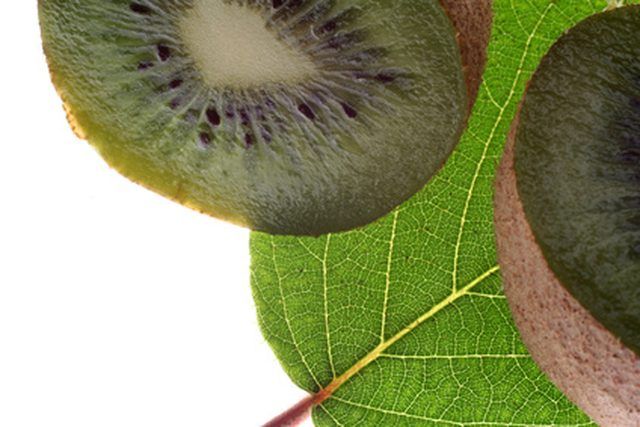Bulbs
Flower Basics
Flower Beds & Specialty Gardens
Flower Garden
Garden Furniture
Garden Gnomes
Garden Seeds
Garden Sheds
Garden Statues
Garden Tools & Supplies
Gardening Basics
Green & Organic
Groundcovers & Vines
Growing Annuals
Growing Basil
Growing Beans
Growing Berries
Growing Blueberries
Growing Cactus
Growing Corn
Growing Cotton
Growing Edibles
Growing Flowers
Growing Garlic
Growing Grapes
Growing Grass
Growing Herbs
Growing Jasmine
Growing Mint
Growing Mushrooms
Orchids
Growing Peanuts
Growing Perennials
Growing Plants
Growing Rosemary
Growing Roses
Growing Strawberries
Growing Sunflowers
Growing Thyme
Growing Tomatoes
Growing Tulips
Growing Vegetables
Herb Basics
Herb Garden
Indoor Growing
Landscaping Basics
Landscaping Patios
Landscaping Plants
Landscaping Shrubs
Landscaping Trees
Landscaping Walks & Pathways
Lawn Basics
Lawn Maintenance
Lawn Mowers
Lawn Ornaments
Lawn Planting
Lawn Tools
Outdoor Growing
Overall Landscape Planning
Pests, Weeds & Problems
Plant Basics
Rock Garden
Rose Garden
Shrubs
Soil
Specialty Gardens
Trees
Vegetable Garden
Yard Maintenance
How to Grow a Kiwi Plant
How to Grow a Kiwi Plant. Kiwi plants, which grow on vines, produce lots of fruit once established. There are many varieties of kiwi plants available for home gardeners, and there are varieties that are hardy in nearly every part of the United States. Check with your local nursery or county extension office to find the right plant for your area,...

Kiwi plants, which grow on vines, produce lots of fruit once established. There are many varieties of kiwi plants available for home gardeners, and there are varieties that are hardy in nearly every part of the United States. Check with your local nursery or county extension office to find the right plant for your area, and make sure you purchase two plants--one male, one female--so that your plants can pollinate and produce fruit.
Things You'll Need
Shovel
Male kiwi plant, potted or bare root
Female kiwi plant, potted or bare root
Two 6 feet fence posts
Mallet or sledge
Two pieces sturdy wood or metal trellis
Hammer
Drill
Nails
Metal bolts
Garden ties or loops cut from discarded pantyhose
Mulch (compost, wood chips, cocoa bean hulls or other organic mulching material)
Fertilizer, 33-0-0
Plant the Kiwi
Select a planting site for your kiwi plants that is well-drained and sunny, has fertile soil with a pH level between 5.5 and 6, and that has not previously had potatoes, strawberries or other members of the Solanaceae plant family growing in it. Provide enough space to grow two plants spaced 15 feet apart, as you'll need to plant both a male and a female plant to ensure fruit production. Check with a local nursery or county extension agent if you don't know the pH of your soil; they can help you get it tested.
Dig a hole with a shovel that is deep enough to hold the kiwifruit pot, or to encompass the entire root system of a bare-root kiwi plant. The kiwi plant should be planted at exactly the depth it is in the pot, or only to just above the roots on a bare root plant.
Remove the male kiwi plant from the pot and rest the root ball in the bottom of the hole. Add soil beneath the root ball if the plant is resting too low in the hole. Support the roots of a bare root kiwi plant by building up a cone of soil beneath it until the root area is at a level just below the edges of the hold.
Install the fence post for the kiwi support trellis at the perimeter of the hole and to the north of the kiwi plant. Hammer the fence post one foot deeper than the bottom of the planting hole by using a sledge or a mallet.
Fill in the area surrounding the root ball or the bare roots of the plant with soil, firming it around the plant with your hands to remove any air pockets. Fill the soil firmly around the metal fence post.
Water the newly planted kiwi thoroughly with a hose or watering can.
Plant a female plant, spaced 15 feet from the male plant, following the procedures outlined in steps 2 through 5.
Install the trellis, supporting it against the already-installed fence post. Secure the trellis to the fence post by using nails and a hammer (for a wood trellis), or a drill and metal bolts (for a metal trellis).
Tend the Kiwi
Water the kiwi plant each week that rainfall does not provide with 2 inches of water.
Support the kiwi vines as they grow by tying them loosely to the trellis. Tie them with garden twine or with loops cut from discarded pantyhose.
Layer 6 inches of mulch on the soil around the kiwi to keep weeds in check and to conserve moisture. Don't allow the mulch to touch the kiwi vine stem, however, as this may promote root rot. Instead, mulch only to about 6 inches from the stem.
Apply 1 oz. of fertilizer to each plant in the spring of the year. Sprinkle the fertilizer on the soil that surrounds the vine's trunk. Work it lightly into the surface with a trowel.
Tips & Warnings
Do not add manure or compost to the planting hole, as kiwi roots are very susceptible to fertilizer burn. Do not crowd the roots of the kiwi into a too-small hole, but don't dig it any deeper than necessary.